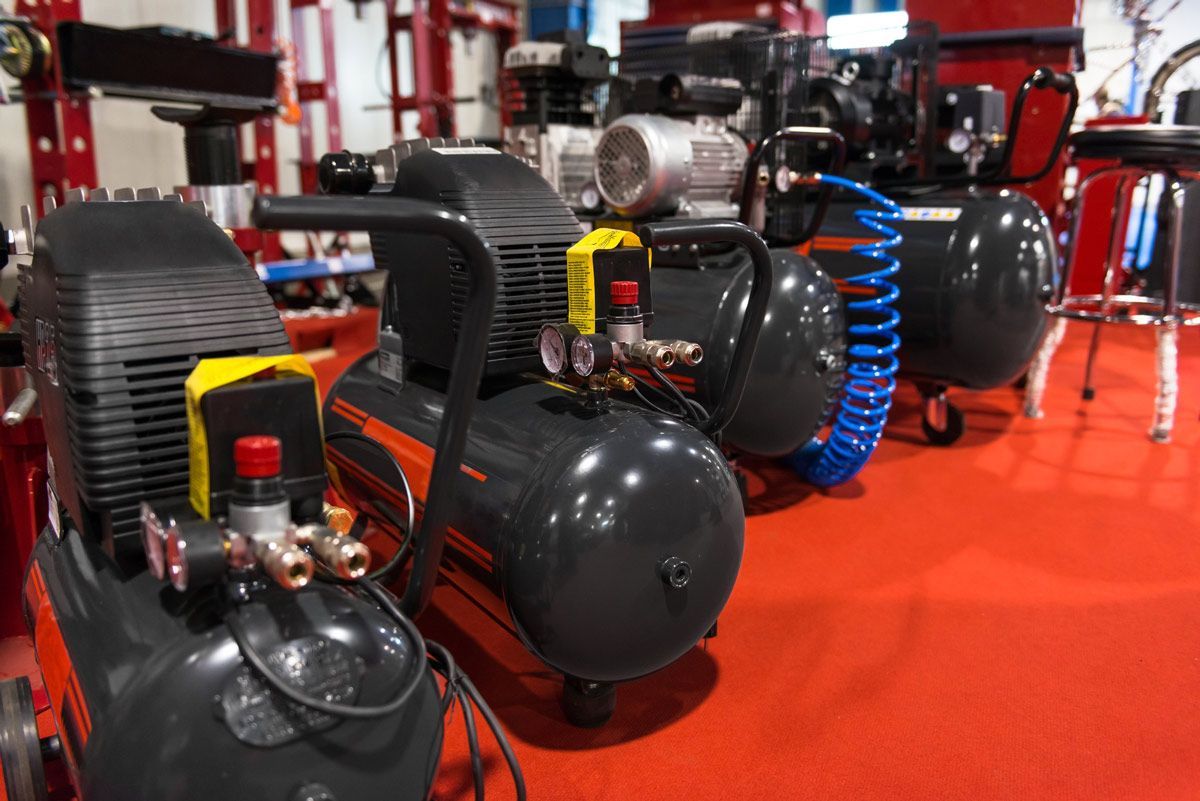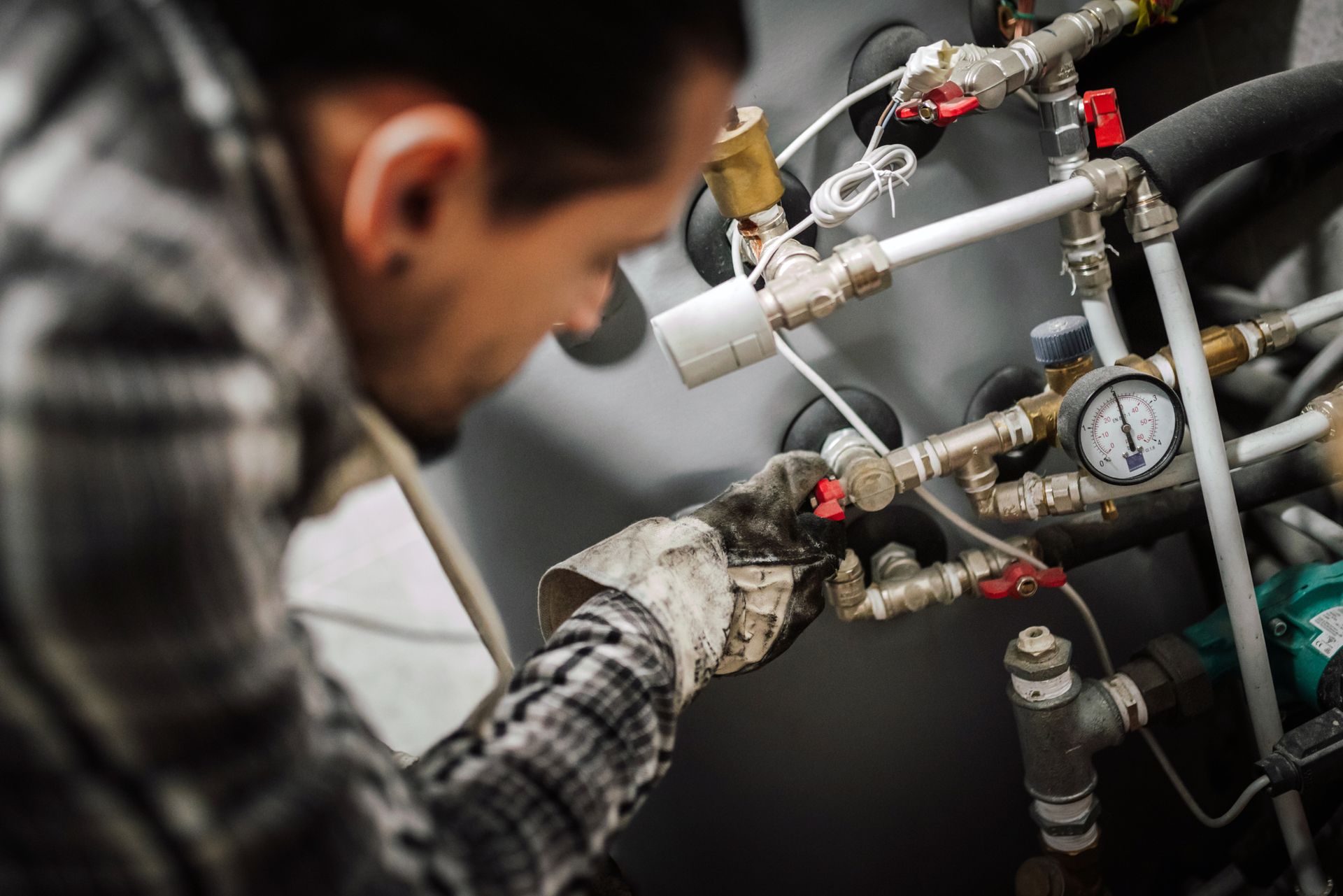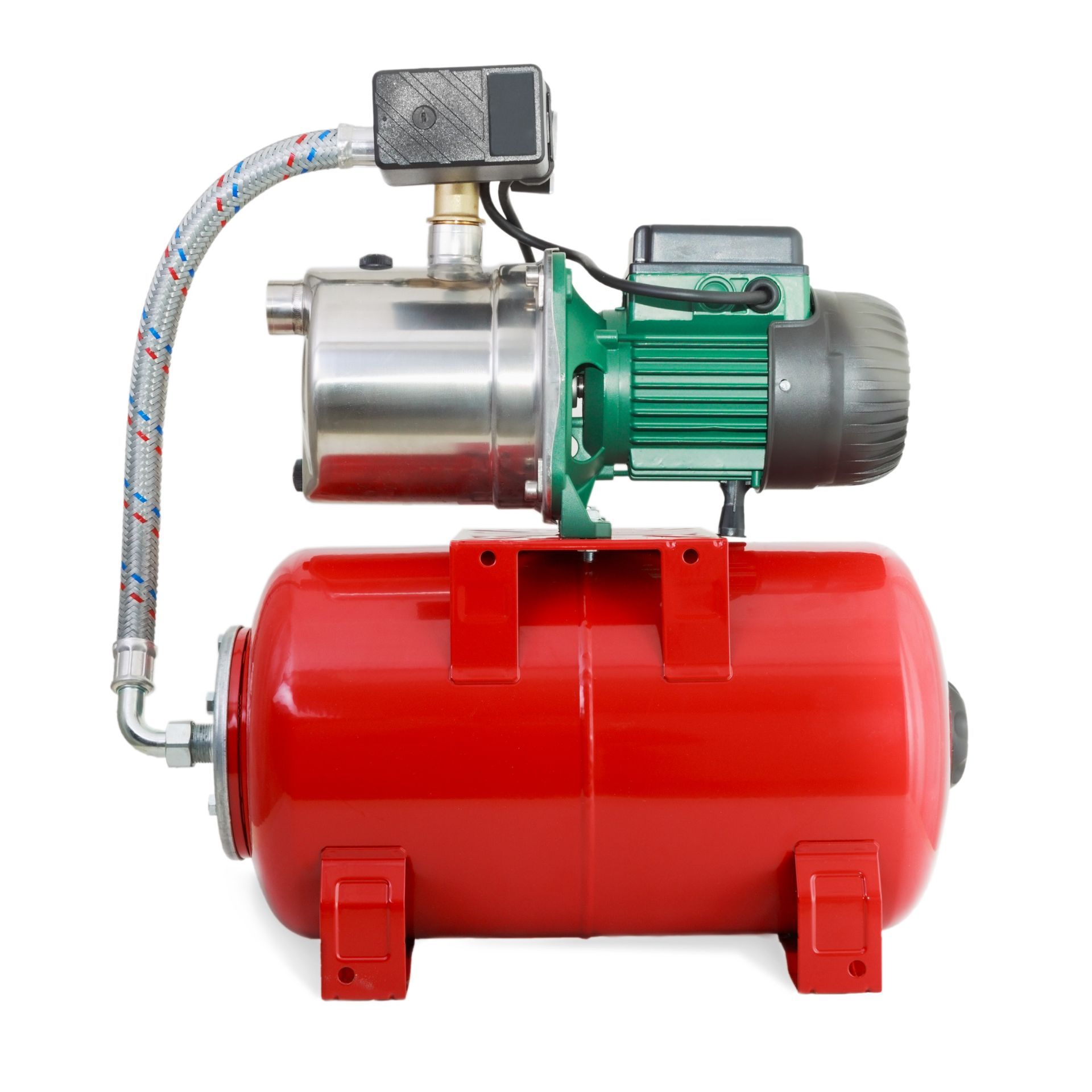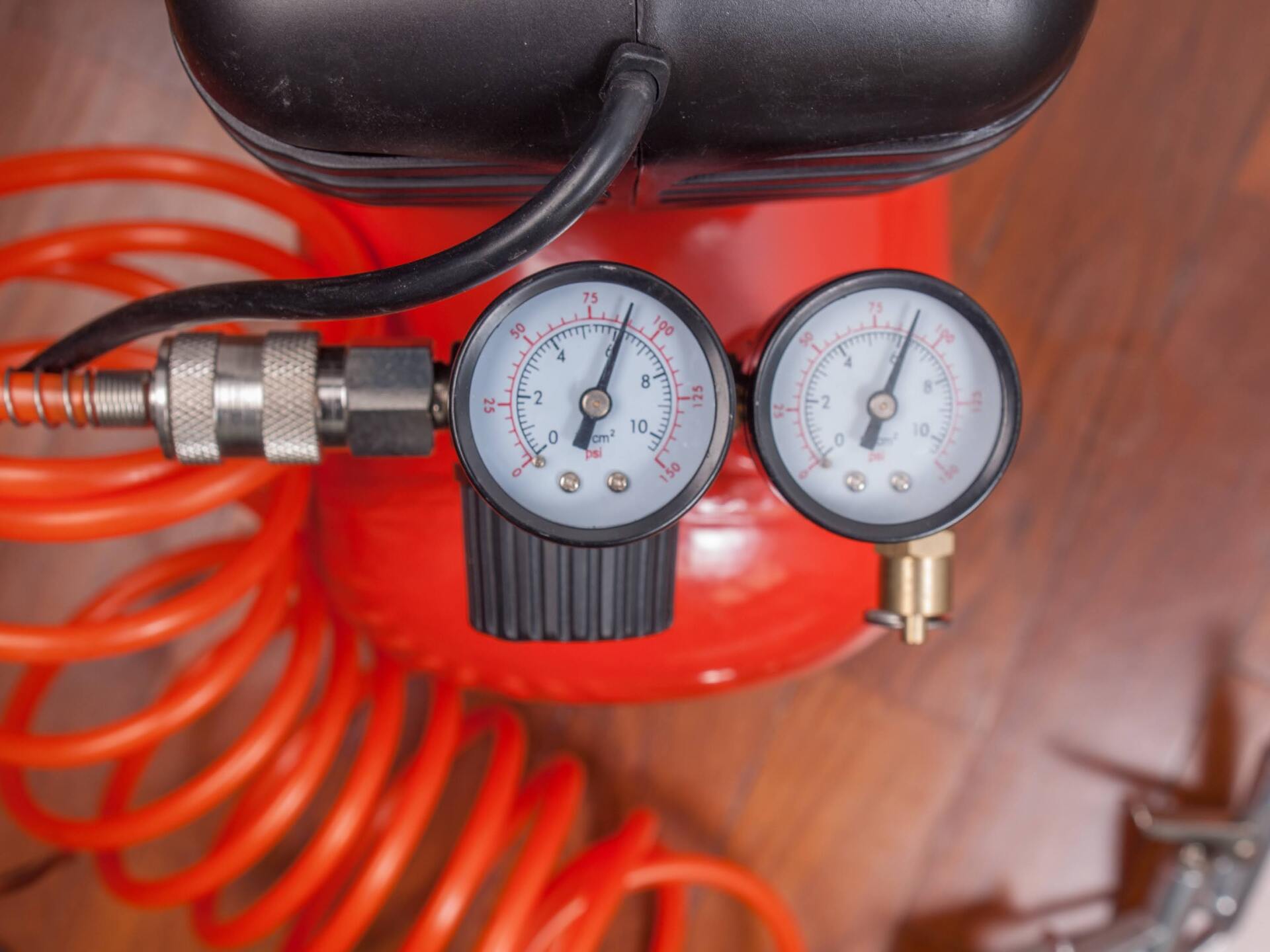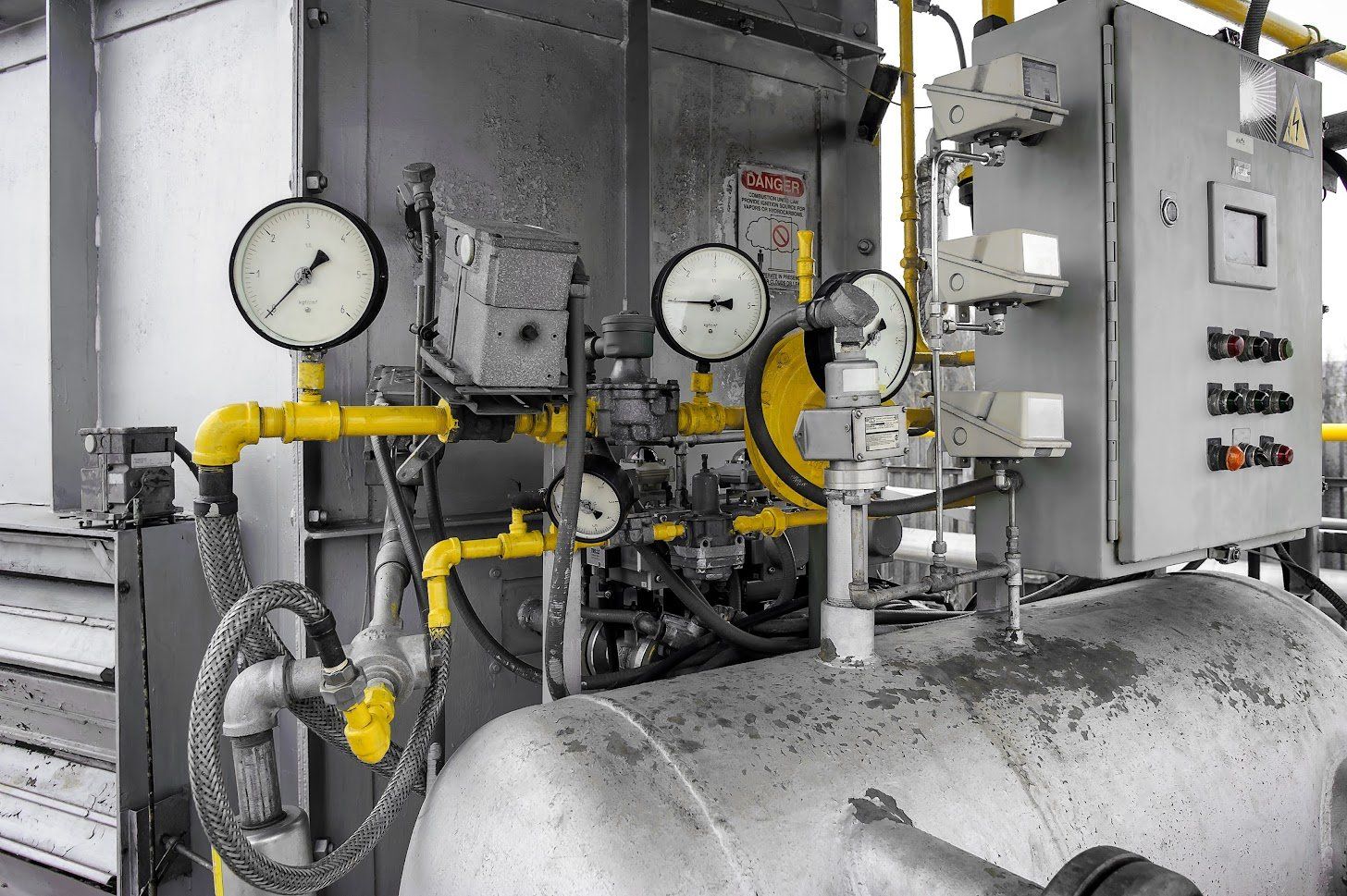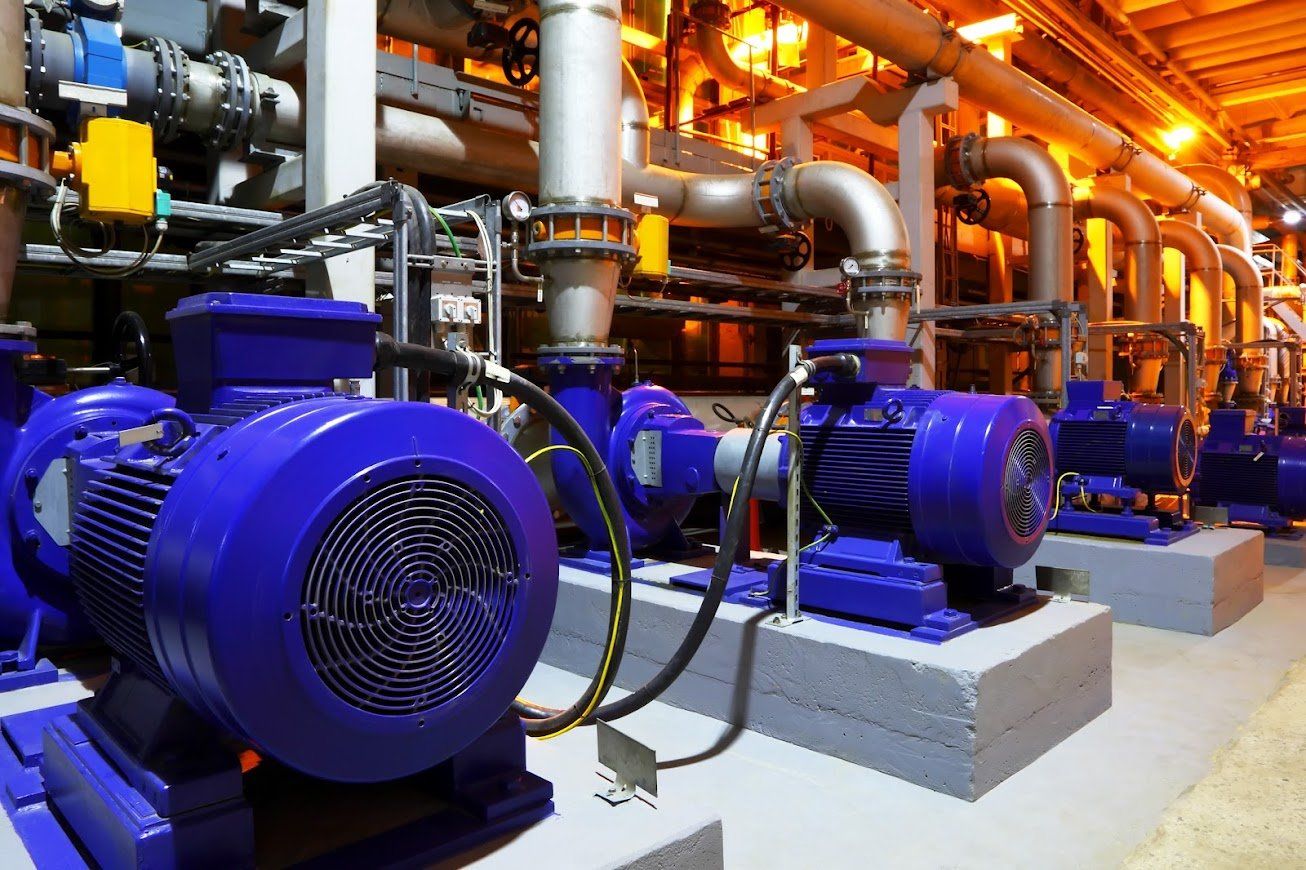Blog Layout
3 Reasons Why Your Air Compressor Needs an Air Receiver
3 Reasons Why Your Air Compressor Needs an Air Receiver
- By Admin
- •
- 21 Jul, 2021
- •
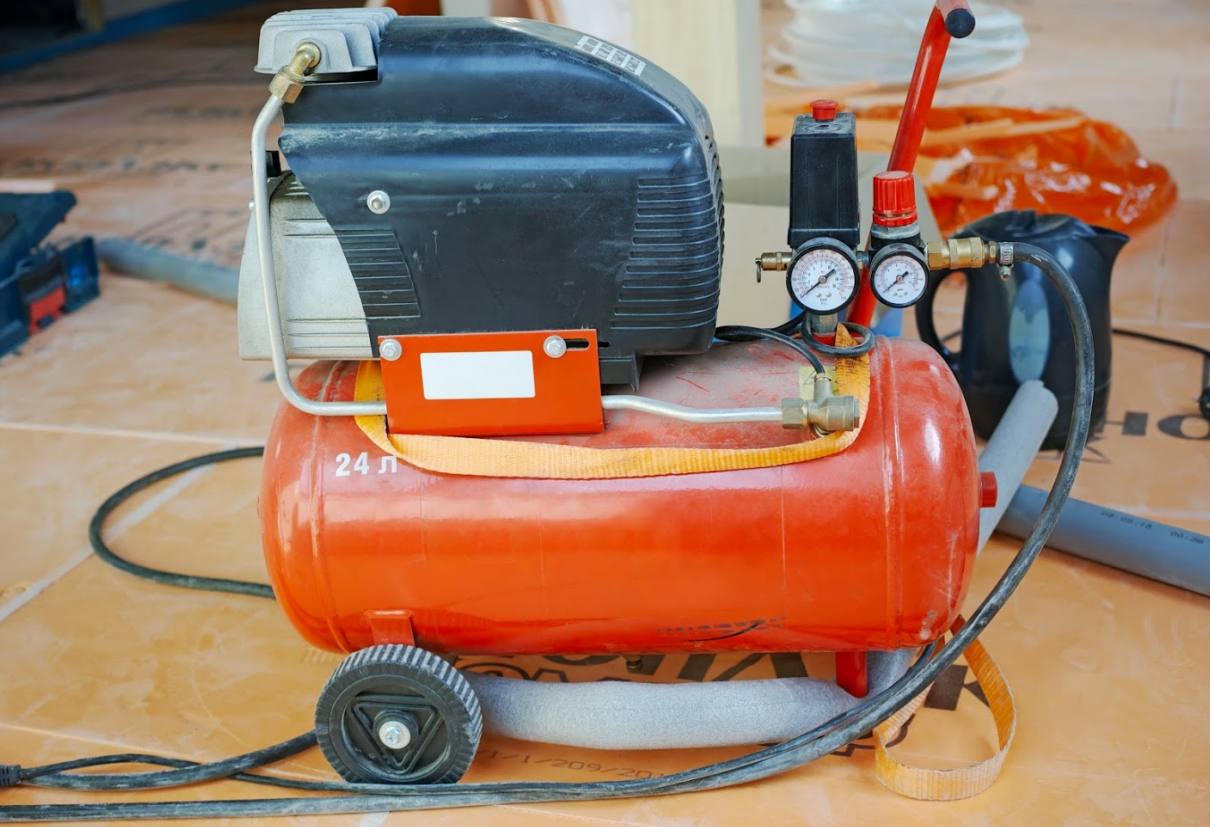
An air receiver is an optional component in your air compressor, but it's very vital to its performance. The air receiver, also known as an air-compressed tank, has three prominent roles: store excess compressed air, provide air to air signals, and act as a secondary heat exchanger to condense moisture in the compressed air.
From its functions, you can already guess why an air receiver tank is beneficial. Nonetheless, read about the three main benefits of the tank.
1. Improves Efficiency and Productivity of the Air Compressor
Your compressed air system can sometimes lag, maybe a power outage or an unexpected loss of supply to the compressor. At that moment, the receiver tank will provide a stable supply of air for the system. That's the first way the tank boosts the productivity of the system.
Secondly, it minimizes pressure drops in between cycles. As the compressor loads and unloads, creating one cycle, the cycle could go on and off depending on the demand. Instead of the system reverting to zero, extra air is stored in the receiver tank, so in time of need, the tank releases the air in the tank for use, preventing wastage or changes in atmospheric pressure.
Therefore, the air receiver increases the productivity of the compressor by meeting short-term demands that the compressor would otherwise not meet. Additionally, the tank will minimize compressed air waste since every time the rotary screw compressor unloads, the air can move to the receiver awaiting use.
While maximizing the effectiveness and productivity of the air compressor, the tank can also reduce the system's energy costs because the tank will automatically reduce the system's operating pressure. Acting as a backup source of compressed air, the tank will help during high-demand seasons so the compressor won't have to work harder to meet demands. Consequently, this means lower energy costs.
2. Offers the System Stability and Durability
We've already mentioned that the tank ensures consistency in pressure which helps to meet high and random demands. If the system can maintain stability by reducing fluctuations caused by varying demands, this causes less wear and tear on the system leading to durability.
The stabilized flow of air will ensure the system in general works at optimal conditions with peak performance. This eliminates short cycling and pressurization, which leads to premature switch failures and deterioration of other air compressor components. Additionally, over-pressurization can also lead to accelerated wear and tear.
3. Improves Efficiency for Dryers and Filters
Last but not least, the air receiver also helps boost the efficiency of the dryers and filters. As excess air is stored in the wet tank or the receiver, there's a temperature change in the tank and because the receiver also acts as a heat exchanger it can cause vapor in the compressed air to condense.
Condensation is very beneficial because it means the air will be dryer, and the air dryer within the compressors won't have to work so hard to dry the air further. This is true for most if not all types of dryers, from desiccant to refrigerated air dryers.
As for the filters, once the air passes through the receiver and the water condenses, the dry air will be much easier to penetrate the filters allowing the filter to trap dust, dirt, and debris more efficiently. Additionally, because the air reaching the filters is dry, the filters remain cleaner and dryer for a long time, increasing the filter element's lifespan.
By increasing the efficiency of both the dryer and the filters, the air receiver indirectly adds to the system's energy savings.
While a compressed air system can function well without the receiver, the compressed air tank is crucial to the system. Not only does it improve the efficiency of the system, but it also boosts productivity, minimizes waste, and offers the system durability and stability.
To learn more about compressed air systems, don't hesitate to reach out to us at Compressed Air Systems today.
From its functions, you can already guess why an air receiver tank is beneficial. Nonetheless, read about the three main benefits of the tank.
1. Improves Efficiency and Productivity of the Air Compressor
Your compressed air system can sometimes lag, maybe a power outage or an unexpected loss of supply to the compressor. At that moment, the receiver tank will provide a stable supply of air for the system. That's the first way the tank boosts the productivity of the system.
Secondly, it minimizes pressure drops in between cycles. As the compressor loads and unloads, creating one cycle, the cycle could go on and off depending on the demand. Instead of the system reverting to zero, extra air is stored in the receiver tank, so in time of need, the tank releases the air in the tank for use, preventing wastage or changes in atmospheric pressure.
Therefore, the air receiver increases the productivity of the compressor by meeting short-term demands that the compressor would otherwise not meet. Additionally, the tank will minimize compressed air waste since every time the rotary screw compressor unloads, the air can move to the receiver awaiting use.
While maximizing the effectiveness and productivity of the air compressor, the tank can also reduce the system's energy costs because the tank will automatically reduce the system's operating pressure. Acting as a backup source of compressed air, the tank will help during high-demand seasons so the compressor won't have to work harder to meet demands. Consequently, this means lower energy costs.
2. Offers the System Stability and Durability
We've already mentioned that the tank ensures consistency in pressure which helps to meet high and random demands. If the system can maintain stability by reducing fluctuations caused by varying demands, this causes less wear and tear on the system leading to durability.
The stabilized flow of air will ensure the system in general works at optimal conditions with peak performance. This eliminates short cycling and pressurization, which leads to premature switch failures and deterioration of other air compressor components. Additionally, over-pressurization can also lead to accelerated wear and tear.
3. Improves Efficiency for Dryers and Filters
Last but not least, the air receiver also helps boost the efficiency of the dryers and filters. As excess air is stored in the wet tank or the receiver, there's a temperature change in the tank and because the receiver also acts as a heat exchanger it can cause vapor in the compressed air to condense.
Condensation is very beneficial because it means the air will be dryer, and the air dryer within the compressors won't have to work so hard to dry the air further. This is true for most if not all types of dryers, from desiccant to refrigerated air dryers.
As for the filters, once the air passes through the receiver and the water condenses, the dry air will be much easier to penetrate the filters allowing the filter to trap dust, dirt, and debris more efficiently. Additionally, because the air reaching the filters is dry, the filters remain cleaner and dryer for a long time, increasing the filter element's lifespan.
By increasing the efficiency of both the dryer and the filters, the air receiver indirectly adds to the system's energy savings.
While a compressed air system can function well without the receiver, the compressed air tank is crucial to the system. Not only does it improve the efficiency of the system, but it also boosts productivity, minimizes waste, and offers the system durability and stability.
To learn more about compressed air systems, don't hesitate to reach out to us at Compressed Air Systems today.
Browse Our Website
Contact Information
Address:
19009 61st Ave NE, Unit #5 Arlington WA 98223
Phone:
360-925-6356Mobile: (425) 328-0723
Email:
ed@compressedair-systems.com
Hours of Operation
- Mon - Fri
- -
- Sat - Sun
- Appointment Only






Serving Whatcom, Skagit, Snohomish King, and Pierce Counties.
Content, including images, displayed on this website is protected by copyright laws. Downloading, republication, retransmission or reproduction of content on this website is strictly prohibited. Terms of Use
| Privacy Policy


